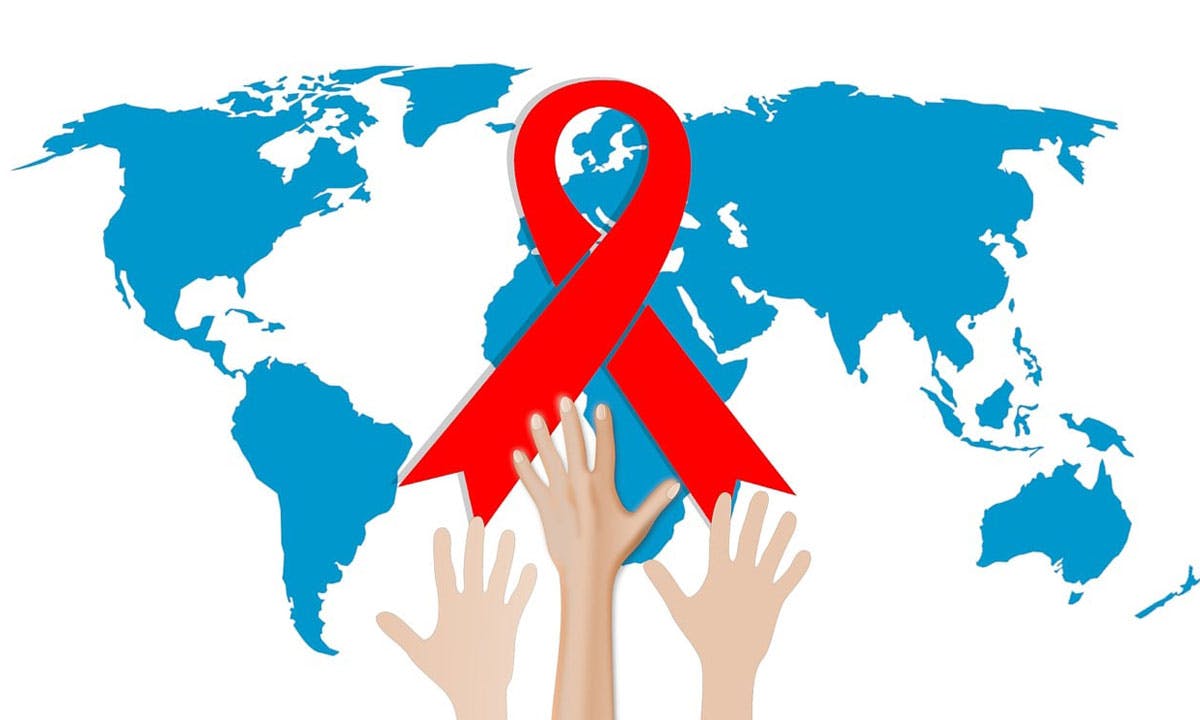The most up-to-date HIV data available revealed that in the month of May 2023, there were 1,256 reported new cases, with 1,186 (94 percent) being male. Around one third (32 percent) of these cases involve young people aged 15 to 24 years old

The Philippines has become the country with the fastest growing HIV epidemic in Asia and the Pacific. The prevalence and rate of transmission was described as “low and slow” from 1984 to 2004 and “hidden and growing” from 2005 to 2009; now it is characterized as “fast and furious.” From 2012 to 2023, there was a 411-percent increase in daily incidence based on “The State of the HIV Epidemic in the Philippines: Progress and Challenges in 2023.” In 2022, the Department of Health reported a 21-percent increase in the number of new HIV cases compared to the previous year.
The most up-to-date HIV data available revealed that in the month of May 2023, there were 1,256 reported new cases, with 1,186 (94 percent) being male. Around one third (32 percent) of these cases involve young people aged 15 to 24 years old. Of the 396 reported youth cases, 394 (99 percent) acquired HIV through sexual contact. The main mode of transmission in this group is males who have sex with other males (MSM) accounting for 89 percent of the cases. Eighty (20 percent) of the youth cases were reported to have advanced HIV infection at the time of diagnosis.
The HIV rate is growing at an alarming rate in the Philippines, especially among the Filipino youth. This is in contrast to the general global HIV trend, which has seen a levelling off and even decline, with an estimated 1.3 million individuals worldwide acquiring HIV in 2022, marking a 38-percent decline in new HIV infections since 2010.
Pope Francis has noted the challenge for young people to live their sexuality in a healthy way, remarking that “young people are aware that the body and sexuality have an essential importance for their lives and for their process of growth in identity. Yet in a world that constantly exalts sexuality, maintaining a healthy relationship with one’s body and a serene affective life is not easy.”
Individual efforts need to be assisted by sound public health policies too. Matthew Hanley and Jokin de Irala underscored that “it is noteworthy that public health entities seek to modify some lifestyle choices but not others. The consumption of tobacco, cholesterol-laden diets, sedentary lifestyles, and reckless driving are all considered behaviors that require modification, but sexual behavior associated with disease and other adverse consequences is not.” The confusing message about sexuality in the Philippine media may be also be contributing to the worrying rise in HIV rates among Filipino youth.
The Catholic Church can still do much more in the area of education and moral formation of the youth. The Clergy and religious could be better formed themselves to deal with these challenging issues.
We could ask, why are so many Filipino youth engaging in same sex relations? What could be done to help such youth in prostitution, and why are many customers seeking such sexual activities? With great compassion and sensitivity, the Church must also welcome teenagers who have same sex attraction, remembering the words of Pope Francis, “Who am I to judge?”
But not forgetting that the Church also teaches that it is sinful to have sexual relations outside marriage.
According to Louie Mar Gangcuangco and Patrick Eustaquio, who did the “The State of the HIV Epidemic in the Philippines: Progress and Challenges in 2023” research paper, “the HIV epidemic in the Philippines requires a multisectoral approach and calls for sustained political commitment, community involvement, and continued collaboration among various stakeholders. It seems that existing strategies are largely failing the Filipino youth, who remain in dire need of AIDS education, seeing that more than half (52 percent) of youth still incorrectly believe that a person can get HIV by sharing food with someone who is infected.
Sometimes exaggerated political correctness makes the AIDS establishment more fearful than the strongly underlined abstinence-chastity as a valid approach in the MSM group, resulting in many more new HIV infections. The AIDS establishment thus bears a grave responsibility given the limited resources – with little available for affordable medical care – and HIV infection usually translates into more deaths, especially among the youth.
Among the global targets of Sustainable Development Goals is to eradicate AIDS by 2030. However, the sad reality is that if real progress is not made, it is estimated that by then half of the new cases of HIV in the Philippines will be among the youth.
The author is also a medical doctor.
